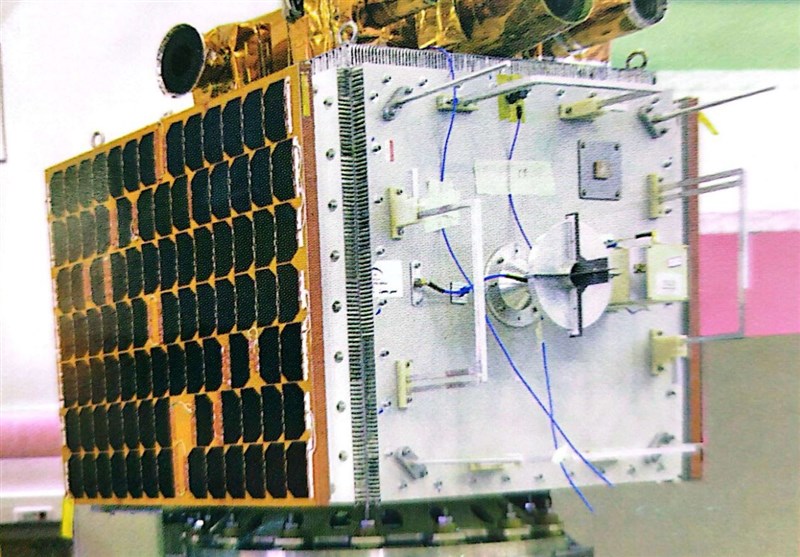The Pars 1 sensing satellite was launched this morning by the Russian Soyuz launcher from the Vostochny base in the east of this country
According to Iran digital economy annotation, according to the head of the Iranian Space Organization, Hassan Salarieh, the Pars One satellite is a remote sensing satellite that is equipped with three imaging payloads: a color camera with an accuracy of 15 meters, a short-wave infrared camera with an accuracy of 150 meters, and an infrared camera. Thermal red with an accuracy of 300 meters.
According to the head of the Iranian Space Organization, the Pars-1 satellite was designed and built internally, although for many reasons, countries use each other’s capacities in the space industry.
Salarieh explained in this regard: It is a wrong idea to say that all the equipment used in the development of an industry is domestic. Because in design and construction, in addition to technical issues, economic issues are also important. In Iran, over the past 20 years, this industry has been developed internally, although using the facilities of other countries is also a common thing in the space industry.
He continued: There is no reason to enter into some elements of this industry because there is no economic justification. The design, construction and testing of our satellites are done internally and in few cases are outsourced. He promised that we will become an exporter of space industry in the near future.
It takes about 100 minutes for the Pars 1 satellite to move around the earth in its orbit. The test process in the orbit of this satellite, which is placed in the orbit of 500 km of the earth, may last about 2 months. As the Space Organization has announced, this satellite has applications in the fields of agriculture, forestry and identification of plant pests.
The head of the Space Organization also explained about the Chabahar space base under construction: with the development of the Chabahar base in the next year, it will be possible to reach the orbits of the Sun and provide services to other countries.
According to him, the ten-year vision of the country in the space industry is excellence in the development of indigenous space technology in the region and increasing the benefits of citizens, businesses and the government from space services and technologies.
He did not answer a question about the cost of building this satellite and said: This figure is determined per kilogram. This number ranges from $8,000 to $20,000. Because our data is confidential with the external party, let me refrain from giving more detailed information.




No Comment! Be the first one.